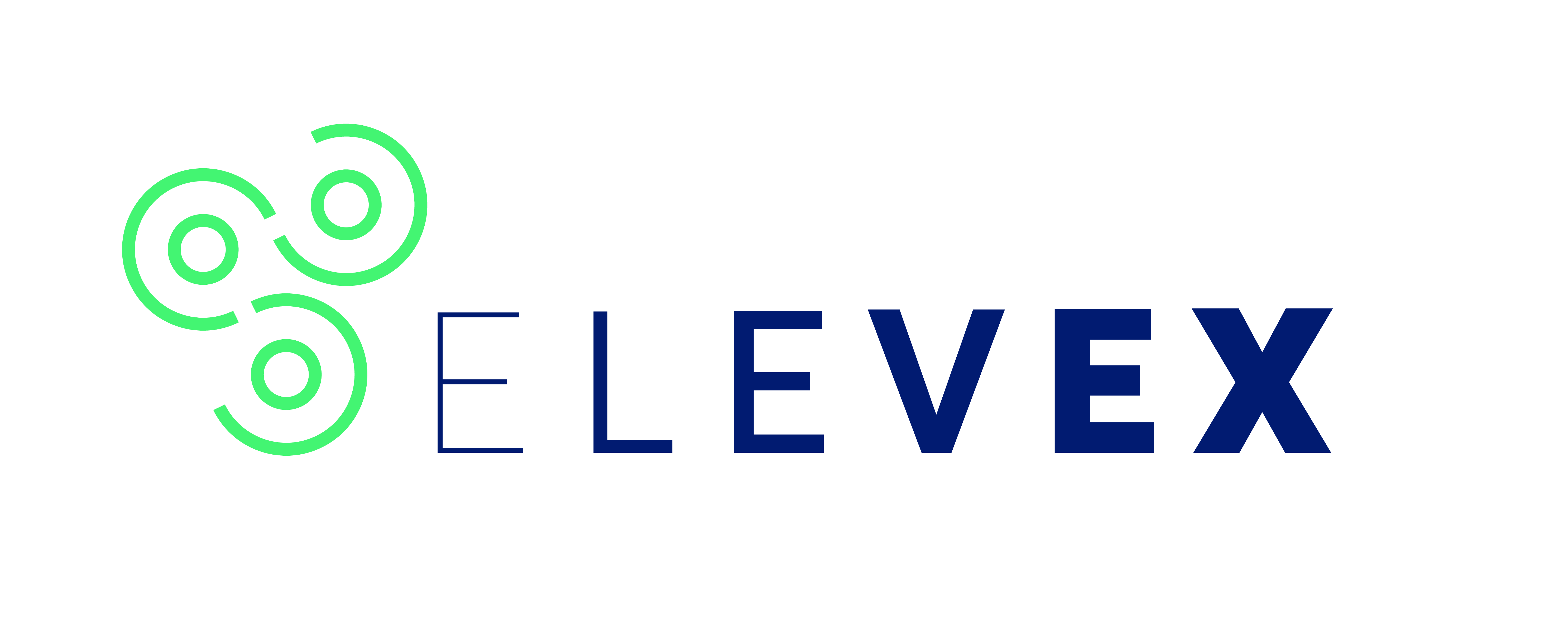Investment in technology
We were very keen to contribute money in 2019 towards a Solid Biosciences project that used Twisted String Actuators (TSA) to create a product to help people with DMD use their arms. TSA technology had been created by the Stanford Research Institute to use in a lightweight, wearable garment – a soft exoskeleton suit.
And while there are other exoskeletons available, most aren’t appropriate for people with additional needs related to their health condition. Whereas this exoskeleton could be life-changing for many people with DMD – and potentially other health conditions.
Stanford Research Institute built the first prototype of the suit in 2020. They also formed a company to commercialise the technology for use by people working on production and assembly lines. That company went on to become Seismic Powered Clothing. As the project neared its end, Solid Biosciences decided to focus on another area of research, and Seismic Powered Clothing was focused on developing the suit for assembly workers.
Taking the technology forward
Determined to develop technology that could help people with DMD, and people with other conditions that affected upper body mobility, we took over the project in 2021. Knowing that we would need additional funding to get started, we applied to and were awarded £1.2 million from People’s Postcode Lottery’s Dream Fund.
Since then, we’ve raised another £800,000 through our partner charities, major donors and Family and Friends Funds to support the development work.
Building an innovative partnership
We have had the charity Spinal Muscular Atrophy UK and the University of Liverpool’s Inclusionaries Lab join the project. Our partnership of two leading UK charities and a top UK academic institution driving the development of a new product is almost unheard of in the world of design. But, as non-profit organisations, the difference is that we are innovating for impact over profits.
By coming together and collaborating with other organisations who have the expertise we need, we can accelerate the development process and get the product to market sooner. And we are doing so with a user-led product design strategy.
Developing an inclusive and life-changing exoskeleton
Since taking on the project in 2022, we’ve conducted lots of in-depth research and built four working prototypes that we’ve tested with individuals who have either DMD or Spinal Muscular Atrophy (SMA).
A big focus for our latest prototype was to improve the lift mechanism to help reduce the loading on the shoulder joint, and also integrate a more intuitive control system. It’s currently controlled by a switch, but we hope to use something like motion detection in the final product.
Launching the exoskeleton
Now called Elevex, we will continue to refine and test the prototype with user-led input, and we’re on schedule to have the final device ready for people with DMD and SMA by the end of 2025.
We are excited and hopeful about launching a suit that will have a meaningful impact on their lives.


